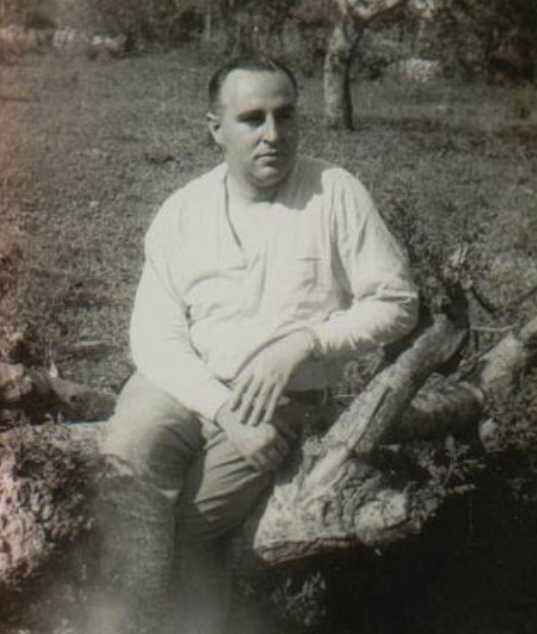4.1.2.4.2 The lyrical work of Angel Gaztelu (1914 – 2003) in the magazine “Orígenes”

Angel Gaztelu’s poetry flowed naturally into the creative essence of the group “Orígenes,” with its sense of culture as a fundamental and essential element of existence, not merely an ornament. His religiosity was also shared by the other members, as, with the exception of Virgilio Piñera, the rest were influenced by a kind of celestial tellurism, in addition to the common homeland that Gaztelu had also embraced.
His poetic work on Orígenes began in the very first issue of the magazine, founded in 1944; and he would continue to contribute assiduously with his lyrical texts, the first of which was precisely “Tiempos del jardín” (Garden Times), included in his “Poemas” (Poems) of 1940. His ties with the members of the Group were consolidated even before the magazine’s existence, while a shared intellectual atmosphere was developing. In this sense, he established a close friendship with Lezama:
“I must point out as an essential note of my poetic line, that, when poetry in me was more a fervor than a clarity, I met José Lezama in 1932, with whom I have had a constant and close friendship ever since. I owe to him my initiation and knowledge of the so-called new poetry, the publication of all or almost all of my poems, and the fact that that initial fervor, more imbued with clarity, has informed or tried to inform my meager work as a poet.”
In 1945, during his second year of Orígenes, he published the poems “Lied” and “Tarde de pueblo” (Village Afternoon), the latter appearing in “Poemas” (Poems). The term “lied” itself refers to a deeply intimate German song that expresses authentic feelings of love. In this poem, nature is a pristine source of inspiration, drawing on a humid and shady landscape, whose elements the poet lingers upon to refresh his gaze.
The poems he published in the magazine in 1946 are both from his “Poems” notebook, titled “Equestrian Suite” and “Nocturne.” In 1947, he published a composition entitled “Sonnet,” which revolves around the theme of solitude and, through it, the longed-for communion with God. In this sense, it is one of his few works in which the aesthetic carving of poetic forms takes precedence over emotion:
“Here I am, solitude, captive,
trembling in your silence, like a branch:
In front of the wonder of your flame I live
of the high desire to win me in flame.
As it rises from the fire and spills
the fugitive smoke of contrite love;
so my naked voice calls you,
fleeing towards your haughty form and center.
Watch his escape and make him always follow
-breaking this darkness and its sleeplessness-
to the air of your voice and clear ear of wheat,
gilding in the shape of your flight.
Graft me, Lord, with a strong bond,
as a branch to the stump of your heaven.”
His poem “The Face of Botticelli’s Magnificat” dates from 1948. As is well known, Sandro Botticelli conceived several paintings with religious themes, and Gaztelu also drew inspiration from them to sing a song of praise—also called the Magnificat—to the divinity glimpsed in Botticelli’s piece. Here, he implicitly elevates art to a divine status, as it is even capable of valid deific recreations.
In subsequent years, he continued his Origenist trajectory, centered on religious themes, with the poems “How Silence Was Sonorous on the Night of Birth,” “Voice in the Desert,” and “To the Virgin.” His poetry also paid homage to José Martí, with the poem “Romance and Elegy,” alluding to the Girl of Guatemala and with a sensibility close to the master and also reminiscent of the poetry of Federico García Lorca; and “Patriotic Verses to Martí,” in the centenary year. In this sense, Gatzelu would be one of the most faithful voices of “Orígenes.”








